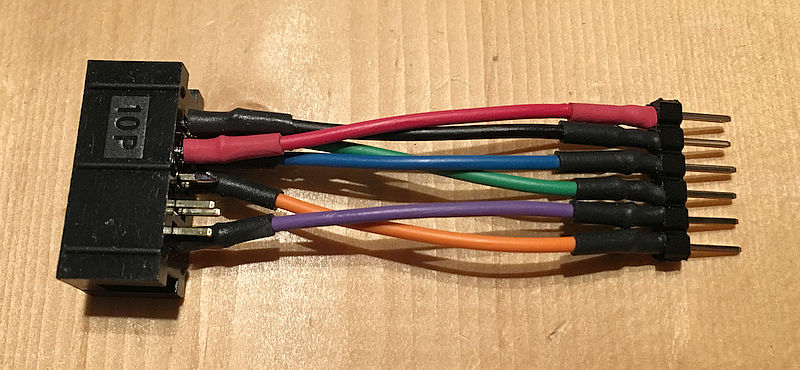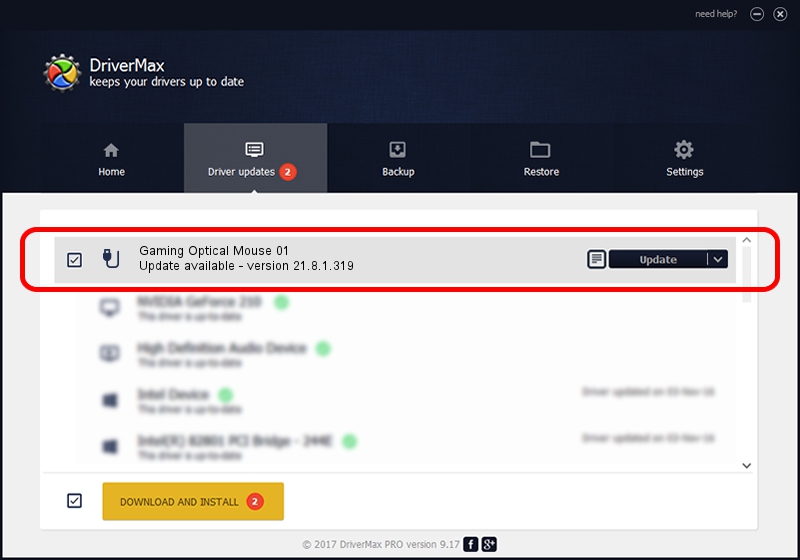LXD Driver Download

LXD is a next generation system container manager.It offers a user experience similar to virtual machines but using Linux containers instead.
CLICK TO DOWNLOAD: AutoStar Suite. Meade Instruments is acknowledged as one of the most innovative and dynamic companies in the telescope market. Using LXD with the Custom executor. In this example, we use LXD to create a container per build and clean it up afterwards. This example uses a bash script for each stage. You can specify your own image, which is exposed as CIJOBIMAGE. This example uses the ubuntu:18.04 image for simplicity. If you want to support multiple images, you would. LXD is a next generation system container manager. It offers a user experience similar to virtual machines but using Linux containers instead. It's image based with pre-made images available for a wide number of Linux distributions and is built around a very powerful, yet pretty simple, REST API.
DRIVERS & SOFTWARE. Download drivers, software patches, and other updates for your Dynabook & Toshiba product. Continue »; BATTERY REPLACEMENT. Batteries on all Dynabook notebooks are replaceable, if your Notebook battery needs replacement either in warranty or out of warranty, Dynabook recommends taking it to an authorized provider for the battery to be replaced.
It's image based with pre-made images available for a wide number of Linux distributionsand is built around a very powerful, yet pretty simple, REST API.
To get a better idea of what LXD is and what it does, you can try it online!Then if you want to run it locally, take a look at our getting started guide.
The LXD project was founded and is currently led by Canonical Ltdwith contributions from a range of other companies and individual contributors.

The core of LXD is a privileged daemon which exposes a REST API over a local unix socketas well as over the network (if enabled).
Clients, such as the command line tool provided with LXD itself then do everything through that REST API.It means that whether you're talking to your local host or a remote server, everything works the same way.
Some of the biggest features of LXD are:
- Secure by design (unprivileged containers, resource restrictions and much more)
- Scalable (from containers on your laptop to thousand of compute nodes)
- Intuitive (simple, clear API and crisp command line experience)
- Image based (with a wide variety of Linux distributions published daily)
- Support for Cross-host container and image transfer (including live migration with CRIU)
- Advanced resource control (cpu, memory, network I/O, block I/O, disk usage and kernel resources)
- Device passthrough (USB, GPU, unix character and block devices, NICs, disks and paths)
- Network management (bridge creation and configuration, cross-host tunnels, ...)
- Storage management (support for multiple storage backends, storage pools and storage volumes)
Starting from OpenNebula EDGE this cloud management platform packs official drivers to manage LXD compute nodes.
Key features:
- Enables qcow2 backed containers and regular KVM-like images, giving users more flexibility when deploying their workloads
- Support for snap installed LXD nodes.
- Ceph storage pools shared across all virtualization nodes (both KVM and LXD)
- Seamless LXD public image servers integration in a marketplace-like style. Supports LXD public image server, TurnkeyLinux and also the OpenNebula marketplace
- Multi-container services deployment with auto-scaling.
- Heterogeneous hypervisors cloud deployments with KVM, LXD and VMWare vCenter managed by the same cloud orchestration system
To learn more about LXD and OpenNebula, take a look at our getting started guide.
The 'nova-lxd' project provides an OpenStack Nova plugin that seamlessly integratessystem containers into a regular OpenStack deployment.

With this, users will either get a virtual machine or a container, simply depending on what image orinstance type they select. It's completely transparent and works with the regular OpenStack APIs.
To learn more about LXD and OpenStack, take a look at our getting started with OpenStack page.
LXD works on any recent Linux distribution. LXD upstream directly maintains the Ubuntu packagesand also publishes a snap package which can be used with most of the popular Linux distributions.
More details can be found on our getting started page.
LXD isn't a rewrite of LXC, in fact it's building on top of LXC to provide a new,better user experience. Under the hood, LXD uses LXC through liblxc and its Go bindingto create and manage the containers.
It's basically an alternative to LXC's tools and distribution template systemwith the added features that come from being controllable over the network.
LXD is written in Go, it's free software and is developed under the Apache 2 license.
There are no CLA or similar legal agreements required to contribute to LXD,however we do require commits be signed-off (following the DCO - Developer Certificate of Ownership).
LXD has two kind of releases:
- LTS releases
- Feature releases
The current LTS is LXD 4.0 which is supported until June 2025 and gets frequent bugfix and security updatesbut does not receive any feature addition.
Lxd Driver Download Windows 7

LXD Driver Download
Feature releases are pushed out every month or so and contain new features as well as bugfixes.The normal support length for those releases is of about a month, or until the next one comes out.Some Linux distributions may offer longer support for particular feature releases that they decided to ship.
Commercial support for LXD on Ubuntu LTS releases can be obtained from Canonical Ltd.
